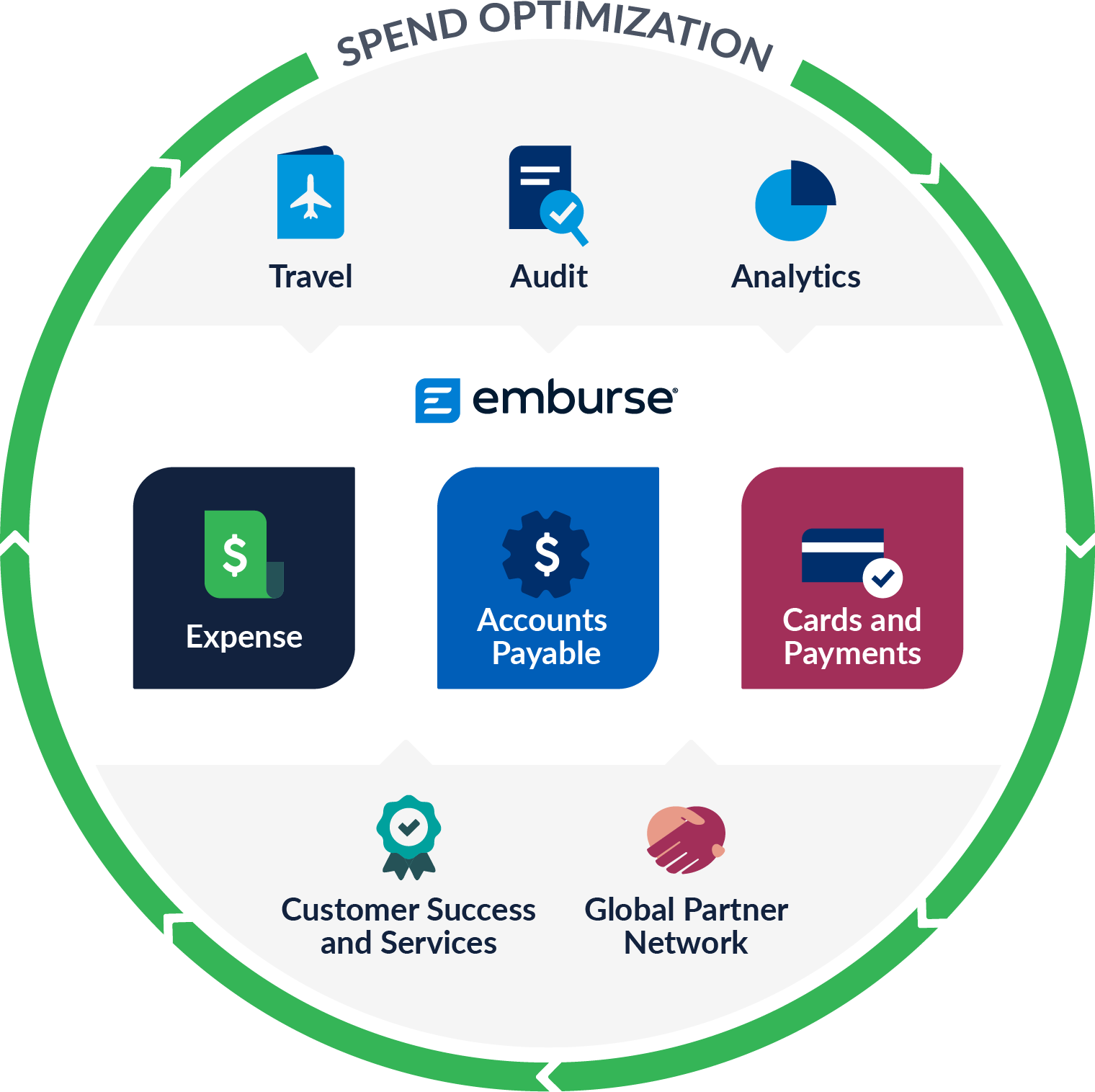What is cash flow management?
Discover expert insights to all of your questions about cash flow management. Learn about the latest strategies to optimize and improve your bottomline, while ensuring financial success.See FAQs


The basics of cash flow management involve monitoring, analyzing, and optimizing the inflow and outflow of cash in a business. It includes tracking and projecting cash flow, managing working capital, ensuring sufficient liquidity, and making informed decisions to maintain a healthy cash position.
see all questions
Cash flow management in business refers to the process of monitoring and controlling the movement of cash within a company. It involves forecasting cash inflows and outflows, ensuring adequate cash reserves, managing receivables and payables, optimizing working capital, and making strategic financial decisions to maintain a positive cash flow.
Accounting plays a crucial role in cash flow management by providing accurate financial data, tracking revenue and expenses, generating cash flow statements, and conducting financial analysis. Through proper bookkeeping, budgeting, and financial reporting, accounting helps businesses gain insights into their cash flow and make informed decisions to improve it.
The most important part of cash flow management is maintaining a positive cash flow. This means ensuring that the inflow of cash from sales, investments, or financing activities is greater than the outflow of cash for expenses, debt repayments, and other obligations. Positive cash flow is essential for meeting financial obligations, funding growth, and sustaining business operations.
While here are various financial institutions, accounting firms, and specialized cash flow management service providers that offer assistance in managing cash flow, Emburse offers cash management solutions that are customized to address your challenges and specific needs and requirements of the business.Our configurable solutions connect to your organization’s existing ERP systems seamlessly to provide a deeper level of insight, automation and compliance. Conducting thorough research, seeking recommendations, and evaluating the expertise and services offered will help identify the most suitable portfolio solution.
Signs of bad cash flow in a business include frequent cash shortages, difficulty in paying bills or meeting financial obligations, relying heavily on credit or loans, delayed payments to suppliers or employees, increasing debt, and a constant struggle to maintain working capital. Negative trends in cash flow can indicate financial instability and the need for improved cash flow management.
Controlling cash flow involves implementing strategies to optimize cash inflows and outflows. This includes accurate cash flow forecasting, managing receivables and payables effectively, negotiating favorable payment terms with suppliers, controlling expenses, avoiding unnecessary spending, optimizing inventory management, and maintaining a healthy working capital ratio.
Emburse is a comprehensive expense management platform that can significantly assist in managing cash flow. It offers several features and functionalities that contribute to effective cash flow management:
Overall, Emburse simplifies the expense management process, enhances transparency, and provides valuable data and tools for businesses to effectively monitor and manage their cash flow.
Managing cash flow involves monitoring and analyzing cash inflows and outflows, creating and following a cash flow budget, maintaining accurate records of financial transactions, implementing effective invoicing and payment collection processes, managing receivables and payables, optimizing inventory levels, and making strategic financial decisions based on cash flow projections.
It is important to recognize that pending falls into three buckets:
It is imperative that finance has insight into all three spend categories–without systems to see the last two, Finance has limited-to-no visibility as to what is happening until the employee files an expense report. The low-dollar high-volume nature of employee and indirect spend is particularly challenging. Businesses can be nickel-and-dimed hundreds-of-thousands of dollars of unaccountable spend. Emburse’s solutions can help significantly by creating compliance policy controls and lines of control through a powerful business rules engine and analytics.
The main levers of cash flow management include optimizing revenue generation, controlling expenses, managing accounts receivable and accounts payable effectively, negotiating favorable payment terms with suppliers, maintaining adequate working capital, monitoring and managing inventory levels, and making strategic financial decisions to ensure a healthy cash flow.
Tools and methods used to manage cash flow include cash flow forecasting software, accounting software with cash flow management features, financial dashboards, financial analysis tools, budgeting tools, payment processing platforms, online banking systems, and electronic invoicing systems. These tools help businesses track and analyze cash flow, streamline processes, and make informed financial decisions.
A business can ensure strong cash flow management by maintaining accurate financial records, regularly monitoring cash flow, implementing effective invoicing and payment collection processes, negotiating favorable terms with suppliers, managing expenses, controlling inventory levels, optimizing working capital, conducting cash flow forecasting, and making strategic financial decisions based on data and analysis.
Cash flow management is necessary in business to ensure the availability of sufficient funds for day-to-day operations, meeting financial obligations, investing in growth opportunities, managing working capital, maintaining liquidity, mitigating financial risks, and making informed financial decisions. Effective cash flow management is essential for the overall financial health and sustainability of a business.
Emburse’s Cash flow management software provides businesses with automated tools to track, analyze, and forecast cash flow. It offers features such as cash flow statements, budgeting capabilities, financial reporting, invoicing, payment processing, and integration with accounting systems. Utilizing Emburse’s software streamlines processes, improves accuracy, saves time, and enables businesses to make data-driven decisions.
Business cash flow refers to the movement of money in and out of a business over a specific period. It includes cash inflows from sales, investments, financing, and other sources, as well as cash outflows for expenses, debt repayments, investments, and other obligations. Business cash flow is a crucial indicator of financial health and sustainability.
The steps of cash management typically include forecasting cash inflows and outflows, setting financial goals and targets, establishing a cash flow budget, monitoring and analyzing cash flow, managing receivables and payables, optimizing working capital, controlling expenses, maintaining adequate cash reserves, and making informed financial decisions based on cash flow projections.
To maintain a healthy cash flow, a business should focus on increasing revenue generation, controlling and reducing expenses, managing receivables and payables efficiently, negotiating favorable payment terms, optimizing inventory management, maintaining adequate working capital, conducting regular cash flow analysis, and making strategic financial decisions to ensure a positive cash flow.
While getting a business credit card is not mandatory, it can increase an organization’s cash flow if used properly. A business or corporate card program provides a line of credit that organizations can use to cover expenses that delays the payment until the billing cycle’s due date. While the decision to get a business credit card should be based on the specific needs and financial situation of the business, they can be an effective tool to increase cash flow.
Properly managing cash is important for businesses because it ensures the availability of funds for daily operations, meeting financial obligations, managing working capital, investing in growth opportunities, and weathering financial challenges. Effective cash management helps businesses maintain stability, make strategic decisions, and seize opportunities for expansion and innovation.
The three types of cash management include cash flow management, liquidity management, and working capital management. Cash flow management focuses on monitoring and optimizing the movement of cash in and out of the business. Liquidity management involves maintaining sufficient cash reserves to meet short-term financial obligations. Working capital management entails managing current assets and liabilities to ensure smooth operations and sufficient working capital for day-to-day activities.
Cash flow is a crucial aspect of a business's priorities. It should be among the top priorities as it ensures the availability of funds to cover expenses, meet financial obligations, invest in growth, and seize opportunities. Without adequate cash flow, a business may struggle to operate, face liquidity issues, and be unable to achieve its financial goals.
With help from Emburse, of course! For starters the most effective way to manage cash flow is to maintain accurate financial records, regularly monitor and analyze cash inflows and outflows, and create a cash flow budget and forecast. With Expense and Invoice you can easily control expenses, manage receivables and payables efficiently, and negotiate favorable payment terms. By utilizing transparent analytics based on the real data running through your systems one can optimize working capital, and make strategic financial decisions based on cash flow projections and analysis.
A cash management account is a financial account that combines the features of a traditional checking account and an investment account. It offers features such as check writing, debit cards, ATM access, electronic transfers, and the ability to invest excess cash in money market funds or other short-term investments. Cash management accounts provide businesses with flexibility, liquidity, and the potential to earn interest on idle cash.
Managing cash effectively involves implementing strategies and practices to optimize cash inflows and outflows. This includes tracking and forecasting cash flow, monitoring and controlling expenses, managing receivables and payables, negotiating favorable payment terms, maintaining adequate working capital, optimizing inventory management, and making informed financial decisions based on cash flow analysis and projections.
A healthy cash flow can help a business grow by providing the necessary funds for investment in new products, expansion into new markets, hiring additional staff, marketing and advertising initiatives, research and development, acquisitions, and other growth opportunities. Positive cash flow ensures the financial stability and flexibility needed to support business growth and innovation.
Mitigating the risk of business cash flow involves implementing strategies to minimize the impact of potential cash flow challenges or disruptions. This may include maintaining cash reserves, diversifying revenue sources, reducing dependency on a single customer or supplier, managing credit and debt effectively, implementing contingency plans, and conducting regular financial analysis and forecasting.
The principles of cash management include the following:
Emburse’s solutions enable customers to maintain accurate financial records, automate expense and AP management, as well as provide a deep level of insight to how their cash flow is running through their organization and enable them to monitor and adjust cash management strategies for business needs. Our programs seamlessly integrate with HR and ERP systems, feeding critical information between the two systems.

Cash flow management is important because it helps businesses maintain a positive cash flow, avoid cash shortages, meet financial obligations on time, plan for future expenses and investments, identify potential financial risks, make informed decisions based on accurate financial data, and achieve long-term financial stability and growth.
Customer success

Working with Emburse feels like a true partnership where they really listen to our needs and care about our success and happiness, which is something we didn’t have with Concur.

Emburse solutions humanize work by providing products and services that make it easier for people to do their jobs.

Any company that is expecting growth needs to automate AP processes. Certify AP will save you the cost of hiring additional AP staff and also give you time back for more innovative work to help your company grow.

We now have happier users, and the streamlining of processes and workflows, combined with the improved spend visibility has delivered huge benefits for the firm worldwide.

Modern solutions like Nexonia help support our mission and enable us to deliver educational programs to the world's most vulnerable communities.

Tallie is intuitive to use and easily integrates with our other finance systems and credit cards. The result is a 100% paperless expense reimbursement process.

Captio helps us process expense reports 75% faster so we can focus on more strategic work.
Emburse is the global leader in helping organizations simplify spend management. Our expense travel and expense management, purchasing, accounts payable, and payments solutions are trusted by over 12 million business professionals, including CFOs, finance teams, and travelers.
Emburse offers a full suite of cash flow management solutions that can be tailored to your organization’s unique needs. Our Expense and AP solutions seamlessly integrate in your financial systems allowing you to automate expense and invoice tracking, ensure compliance policies are met, and capture a wealth of data about the spending running through your organization.
